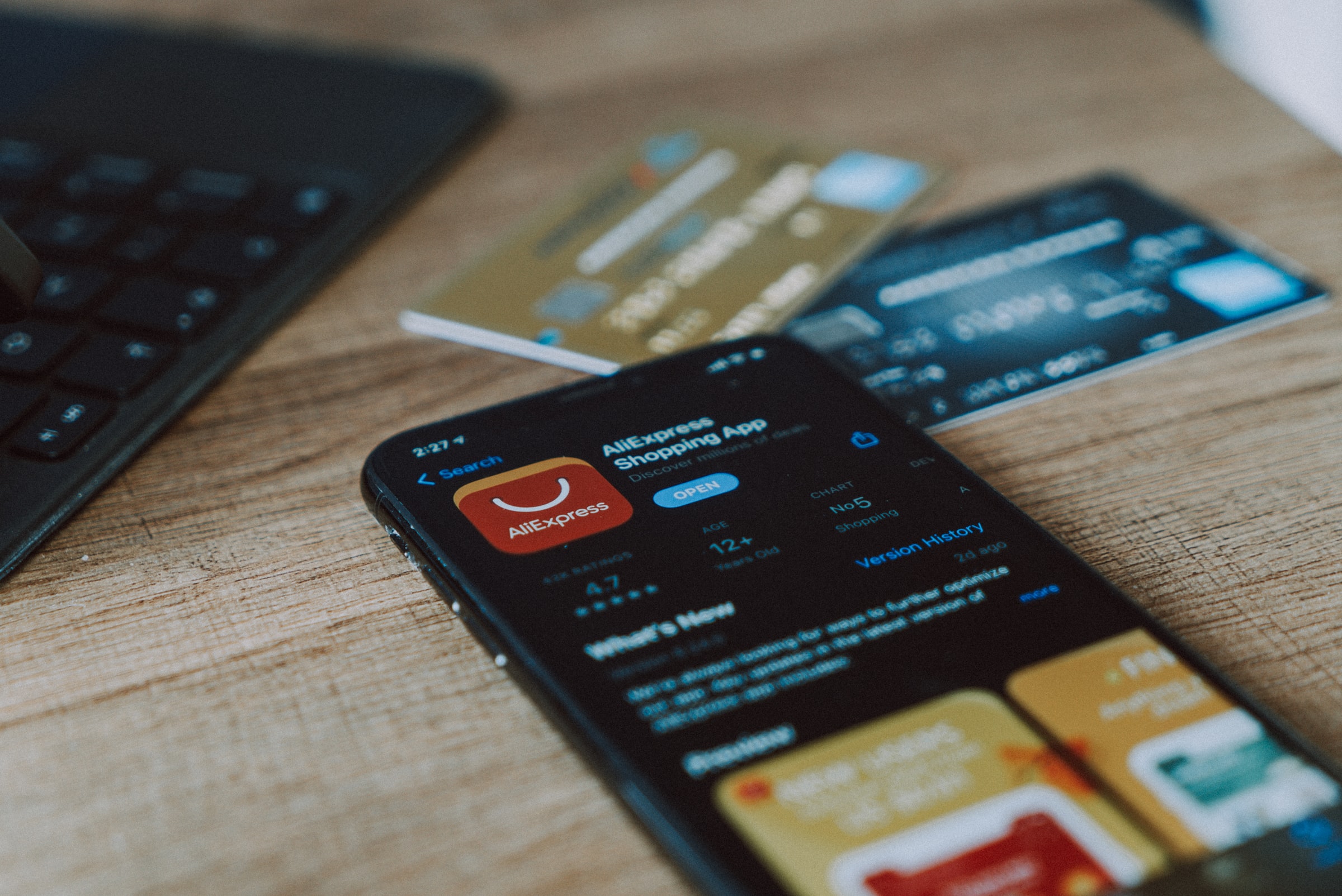 (approximately 1 minute reading and a 20 minute activity)
(approximately 1 minute reading and a 20 minute activity)
Photo by CardMapr.nl on Unsplash
Cryptography uses factoring and polynomials to build and break systems. If you watched the movie The Imitation Game, it is all about cryptography and how they were trying to decode transmissions sent during the World Wars. The original message is called plaintext and the coded version is called the ciphertext. The process of changing plaintext into ciphertext is called coding or encryption. The process of changing ciphertext back into plaintext is called decoding or decryption. To figure out the decryption method, you use the art of cryptanalysis. Check out slide 27 to 31 of this introduction to cryptography online slideshow to get a basic understanding of ciphers.
(Definitions from this New York University math course extract including cryptography [online pdf].)
If you want to explore public keys and RSA encryption further, read this lesson from a University of Berkeley math course including cryptography [online pdf].
02.04.01 Can I code and decode? (Answers to slide 31)
02.04.02 How does cryptography keep my information safe?
 (approximately 12 minutes reading)
(approximately 12 minutes reading)- Fermat’s Factoring Trick and Cryptography [web page]
- Prime Factorization by Privacy Canada [web page]
- About Polynomials and Encryption [web page]
You may also want to explore how to convert numbers into binary format [website article].
02.04.03 How can I keep my information safe?
 (approximately 1 minute reading, 2 40 minute investigations, and approximately 3 hours of practice with worksheets)
(approximately 1 minute reading, 2 40 minute investigations, and approximately 3 hours of practice with worksheets)- Remember to not share your information or passwords with anyone, online or offline. Use different passwords for different platforms. Use a password for your phone. Do not use something easy like your birthdate or name. For this resource, do not log in or sign in to any of the platforms – it is not necessary. For a platform which asks for just your name to keep track of your submissions, such as Kahoot!, give a fake name.
2. Understand how to factor polynomials. Not only might it be useful in the future because of cyber security, but it will be useful in the immediate future when graphing (coming up in a later module).
Investigation into factoring polynomials in the form ax2+bx+c where a, b and c are numbers and:
- a=1. Use this Factoring Quadratics a=1 Investigation Google Doc or download the Factoring Quadratics a=1 Investigation pdf. Check against this Factoring Quadratics a=1 Investigation KEY Google Doc or download the Factoring Quadratics a=1 Investigation KEY pdf.
- a≠1. Use this Factoring Quadratics a≠1 Investigation Google Doc or download the Factoring Quadratics a≠1 Investigation pdf. Check against this Factoring Quadratics a≠1 Investigation KEY Google Doc or download the Factoring Quadratics a≠1 Investigation KEY pdf.
If you need further instruction, watch one of these sets of videos:
- Khan Academy (2 online videos totalling 16 minutes)
- Math Johnson (3.3 Part 1, 3.3 Part 2, 3.5, 3.6 and 3.8 but skip 3.7 for about 60 minutes of good review online video in this playlist)
Step by step practice is important if you have not factored polynomials before. Steps to factor polynomials:
- Simplify first (similar to factoring numbers) so there are no like terms that have not been combined.
- Find any greatest common factor that can be taken out of all the terms. The GCF may be a fraction or a decimal.
- You may want to try algebra tile factoring.
- This Khan Academy [website] checklist of factoring quadratics (trinomials) is helpful. Test yourself with the last 7 examples after doing some practice with worksheets from Math-Aids.com.
Worksheets to practice factoring polynomials (ignore and ‘x’ out of any popups). Be sure to check the box to include an answer page.
- Factoring Quadratics [website] – variations can include binomials, trinomials, or a mixture of both, questions that are factorable or non-factorable, and whether the first term of the quadratic is 1 or larger than one.
- Factoring Special Quadratics [website] – variations can include binomials, trinomials, or a mixture of both, questions that are factorable or non-factorable, and whether the first term of the quadratic is 1 or larger than one BUT include the special cases of difference of squares, and perfect squares. (Lesson 3.8 above)
- Factoring by grouping [website] – includes polynomials that have 4 terms and are factored by taking a GCF out of 2 terms. (Factoring by grouping method is explained in this video)
Test yourself by using one of these Kahoot! sets.
For teachers:





